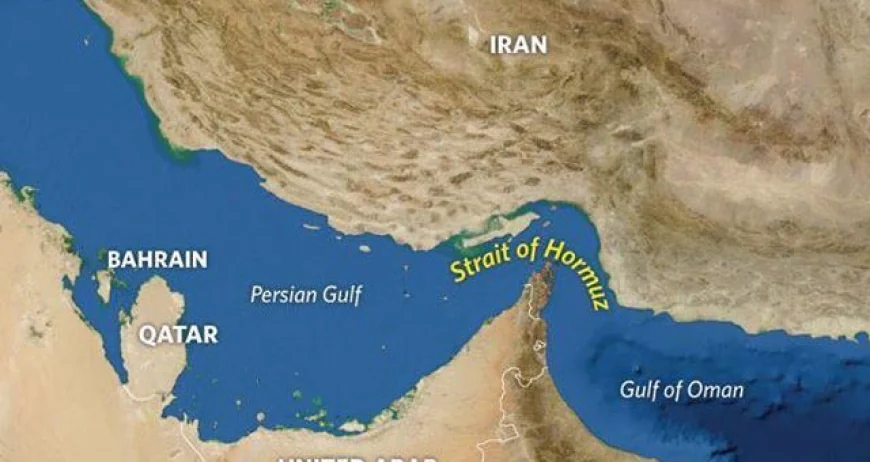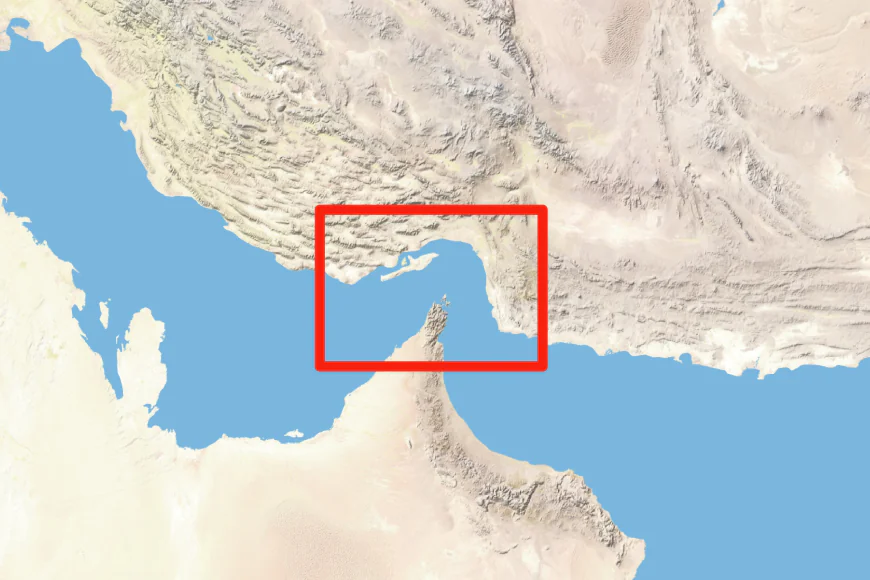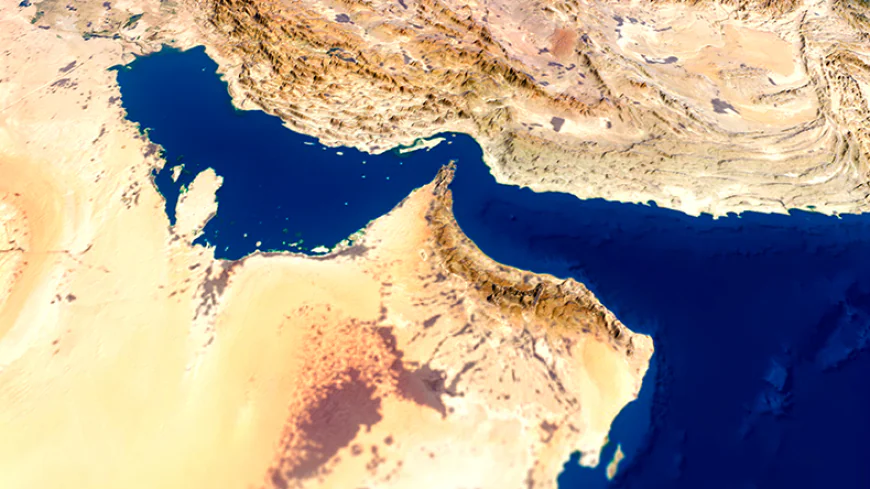Why the Strait of Hormuz Is Trending in 2025: Iran Tensions, Oil Shock & Global Chokepoint Risks
The region is warm due to heightened geopolitical tension, soaring oil prices, military exercises, and fears of potential disruptions to one of the world's most key shipping channels. Here's why the Strait of Hormuz is in global buzz and trending worldwide.

The Strait of Hormuz, a narrow sea chokepoint between the Persian Gulf and Gulf of Oman, is in the headlines worldwide in 2025. The region is warm due to heightened geopolitical tension, soaring oil prices, military exercises, and fears of potential disruptions to one of the world's most key shipping channels. Here's why the Strait of Hormuz is in a global buzz and trending worldwide.
One of the globe's most critical maritime chokepoints, the Strait of Hormuz transports about 20% of the world's oil, nearly 17 million barrels a day, in its width of 21 miles. Any unrest, blockade, or war in the narrow strait can create drastic and immediate impacts on oil prices, energy security, and shipping.
Over the June 21–22 weekend of 2025, the U.S. struck Iranian nuclear sites at Fordow, Natanz, and Isfahan. Iran retaliated by firing missiles at a U.S. base in Qatar, ratcheting up tension in the region. Iran's parliament approved closing off the Strait of Hormuz on June 22, pending final ratification by its Supreme National Security Council, as a defiant act.

Also Read:"Operation Midnight Hammer ": Meet America’s B-2 Spirit Bomber Used For Iran Nuclear Sites Bombing
Experts warn Iran is likely to recycle 1980s "Tanker War" strategies—mining, employing speedboats and drones, or GPS jamming—to slow shipping short of closure. Endowed with a stockpile of approximately 5,000–6,000 naval mines and a fleet of mini‑submarines, the IRGC can afford to threaten the sea lanes seriously.
The immediate response has appeared in shipping: BIMCO reports slowing as key tanker owners reroute, delay, or standby off the Strait. Reuters verifies that supertankers are taking U-turns or waiting offshore in the face of increased risk. With roughly 20% of the world's oil and LNG running through here, even minor delays have impacts on global markets.
Oil prices jumped 30% to $80 in days after the attacks, temporarily hitting $81 before settling into the range of $70–76. Goldman Sachs warns that a 50% reduction in flows for a month would drive Brent crude above $110/barrel, maybe averaging $95 in Q4 2025. Experts at AP News predict closure risks prices rising to $120–130/barrel, triggering global fears of inflation.
Marine insurance rates have risen sharply as "war-risk" exposure has increased. Shippers now factor in additional costs for insurance, risk routing, and time delays—costs bound to be passed on to consumers.

Iran resists pressure from the West by using this area. If not redirected through pipelines, closing it would essentially cut off oil supplies from Saudi Arabia, the United Arab Emirates, Kuwait, and Qatar. The nations that produce more than 80% of Hormuz's oil, including China, India, Japan, and South Korea, will be the most negatively impacted economically. The UK Foreign Secretary tells Iran it would hugely harm its interests by closing down this lifeline entirely.
The United Nations and world leaders are calling for restraint and diplomacy to avoid escalation. OPEC+ countries are observing closely and preparing contingencies for oil production and distribution. Maritime associations are suggesting rerouting vessels or augmenting on-board security.
The crisis also now entails insurance and shipping firms scrambling around contingency plans and reroute protocols. The U.S. is asking China to pressure Iran to keep the Strait open. Deployment or seizure of naval mines or tankers would precipitate rapid escalation and complete international naval intervention.
The Strait of Hormuz is trending because it's located at the nexus of military posturing, economic exposedness, and international energy supply. Each warning, detour, or parliamentary decision here has the potential to influence oil prices, world inflation, and regional stability.
With tensions running high and the world's eyes focused intently, today's events in this area are the reason why it's trending worldwide in mid-2025—and why it concerns us all.


